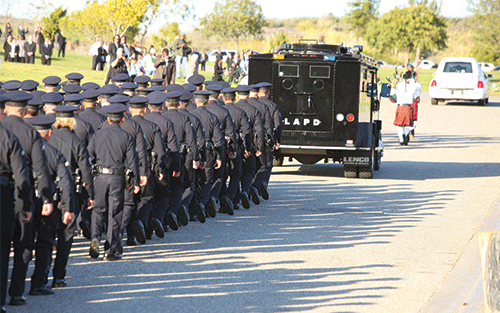
Captain Albanese’s personal journey of leading through the event of tragedy illustrates the importance of exuding emotional warmth, being aware of one’s own emotions, and using one’s experience and skills in developing specific leader actions. And while it might be tempting to define his leadership attributes as intangibles, in fact his qualities fit within a knowable framework of emotional competencies that improve leader performance.1 To the extent that it is possible to develop a leadership “how-to guide” for handling the aftermath of tragedy, this article reviews and applies several models to inform the leader’s response.
The challenge for law enforcement leaders in the midst of a tragedy is to respond in a manner that resonates with or is on the same emotional wavelength as their personnel.2 Messages that resonate are reflective of a leader who is in touch with not only their own emotions, but with the emotions of those they lead, as if they are marching down the same path together. Such empathy from a leader is best expressed through compassionate acts and emotional warmth that his or her followers can readily identify.


